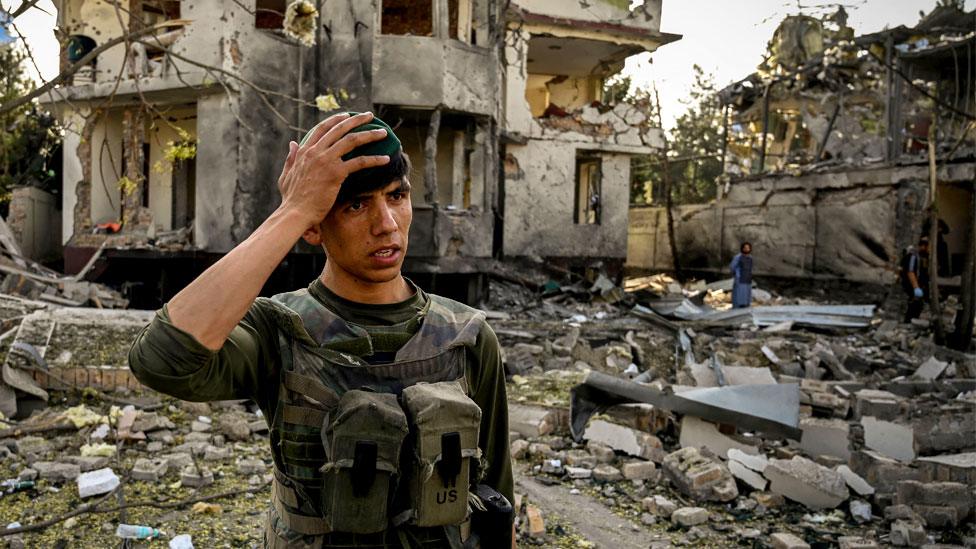Who is Abdullah Abdullah? Afghanistan's three-times presidential contender
- Published
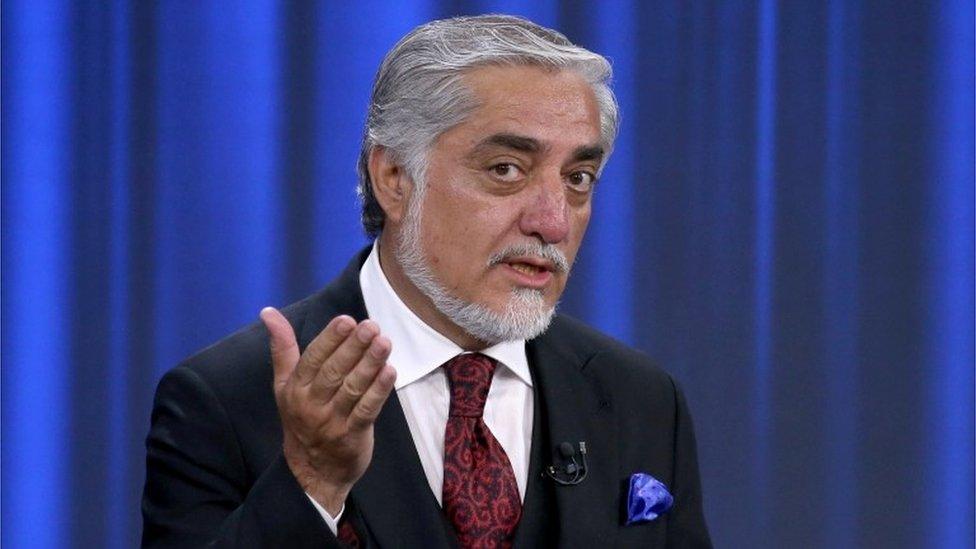
Abdullah Abdullah's political journey has taken him from life as a practising eye surgeon to resistance fighter and three-times presidential contender.
The Tajik-Pashtun politician was Hamid Karzai's closest challenger in the 2009 presidential election, and was only narrowly beaten in 2014 by Ashraf Ghani.
He scored the most votes in the first round, but eventually lost out to Mr Ghani after months of deadlock amid a bitter dispute over electoral fraud and a recount of votes.
So instead of securing the top job, Abdullah Abdullah ended up as government chief executive, a newly-created role with prime ministerial powers.
But the power-sharing agreement has been marked by bitter infighting in their administration ever since, dogging attempts at reform.
A revolutionary doctor
Born in September 1960 in the Kabul area, Dr Abdullah is seen by many as a Tajik despite his mixed ethnicity.
This is probably because of his past prominence in the Tajik-dominated Northern Alliance and his close relationship with the anti-Taliban group's famed former leader, Ahmed Shah Masood.
Regarded by many as suave and smooth-talking, Dr Abdullah certainly has political pedigree - his father, Ghulam Mahyyoddin Zmaryalay, was a senator in the final years of the rule of King Zahir Shah.
He has been quoted as saying that his early years were split between Kabul and Panjshir province, where his father held an official post.
After graduating from high school, he went on to study ophthalmology at Kabul University and worked at the Noor institute in Kabul before going to Pakistan in 1982 after the Soviet invasion of Afghanistan.
Abdullah Abdullah says he is working with President Ashraf Ghani in the interests of the country"
Throughout the 1980s he co-ordinated treatment and healthcare for resistance fighters and civilians in Afghanistan.
He eventually became an adviser and close friend to Ahmed Shah Masood, who was assassinated in 2001.
Dr Abdullah served as foreign minister in the short-lived government headed by the Northern Alliance just before the Taliban took control in 1996. He continued as "foreign minister-in-exile" throughout the years of rule by the Taliban, which were ended by the US-led invasion in 2001.
Following the fall of the Taliban, he served as foreign minister in Hamid Karzai's administration but resigned in 2006 and registered as an independent candidate to contest the 2009 presidential election.
Dr Abdullah lacked his own power base within the Northern Alliance, which might explain why he lasted so long in the Karzai government - but could also be the reason for his eventual replacement as foreign minister.
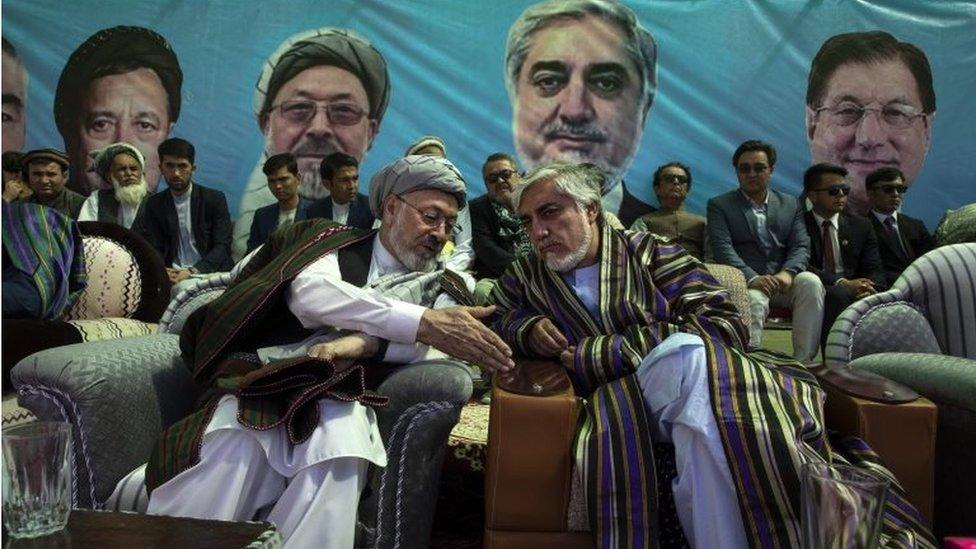
Dr Abdullah is fighting his third presidential campaign
Following the 2014 election, he was sworn in as "chief executive" in September 2014, a role with similar powers to a prime minister.
Within two years, he was openly criticising Mr Ghani, however, saying he was unable to achieve much progress because the president was failing to work collaboratively.
The next year, he survived three back-to-back suicide bombings at a funeral.
For his third attempt at becoming president, he is standing under an electoral ticket named as the "Stability and Convergence Team".
There is some confusion over whether his name should have two elements or one, the latter being the style for many Afghan names.
Some reports suggest the second "Abdullah" emerged as a result of a misunderstanding at a news conference.
Married with three children, he is fluent in Dari, Pashto and English, and proficient in Arabic and French.
- Published30 July 2019
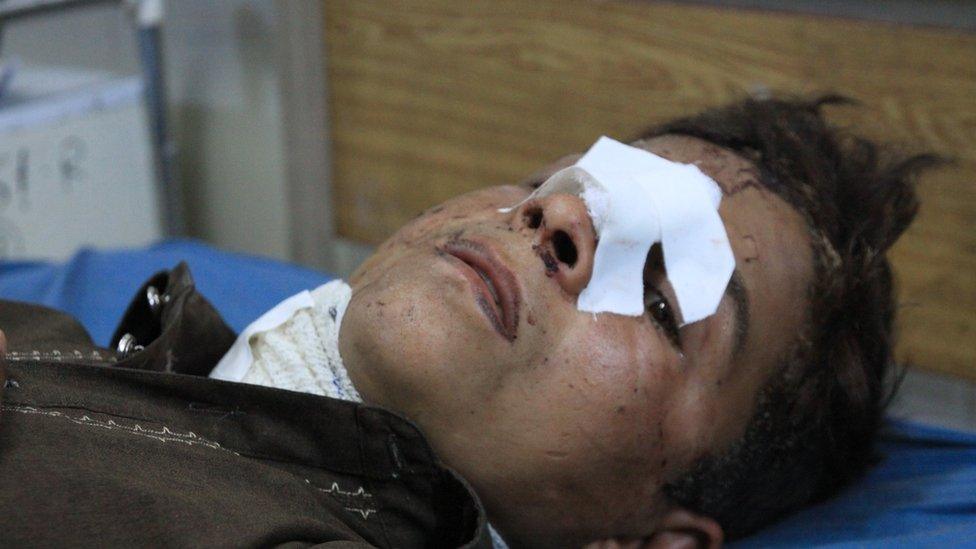
- Published8 September 2019
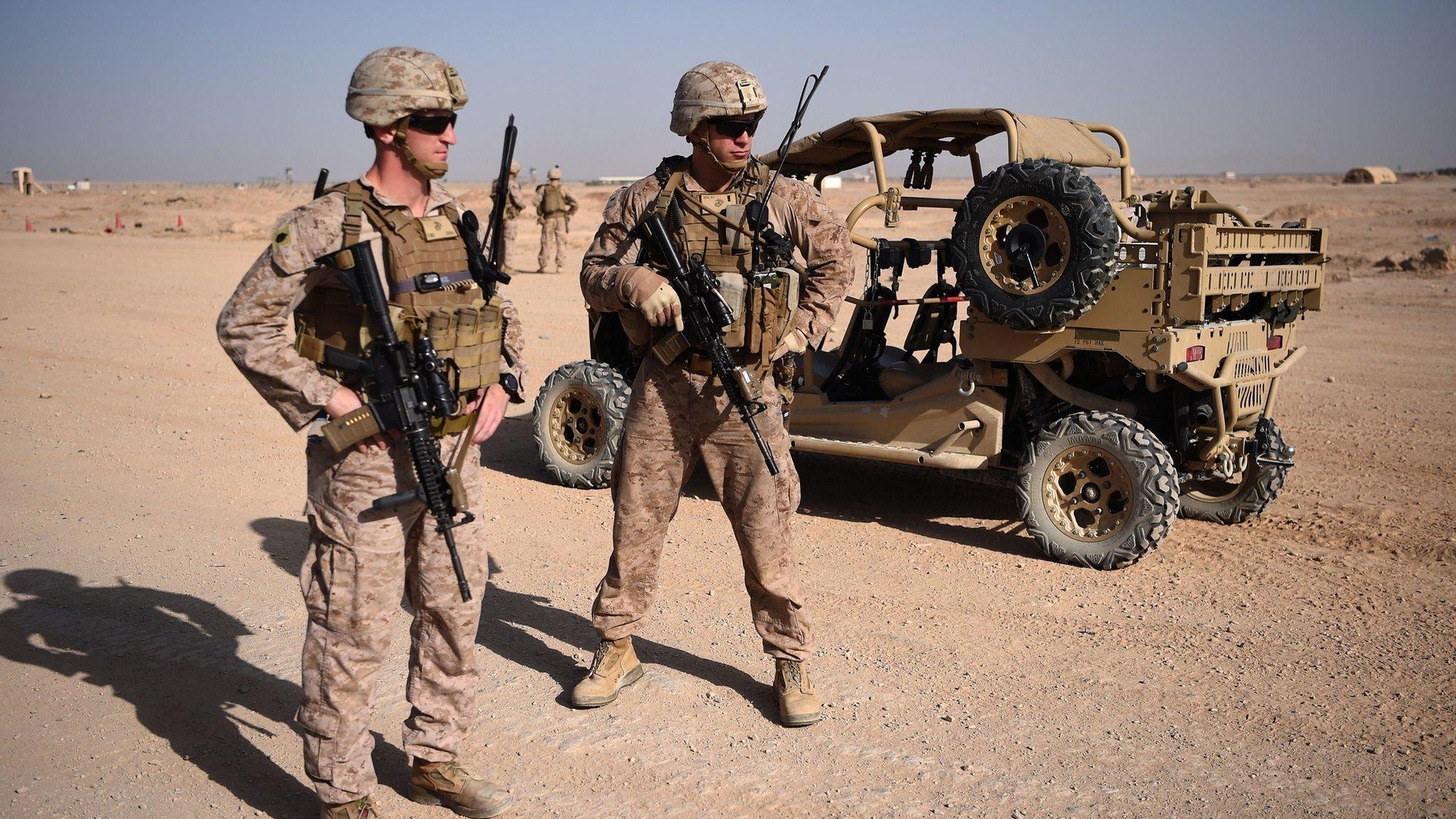
- Published30 August 2021
